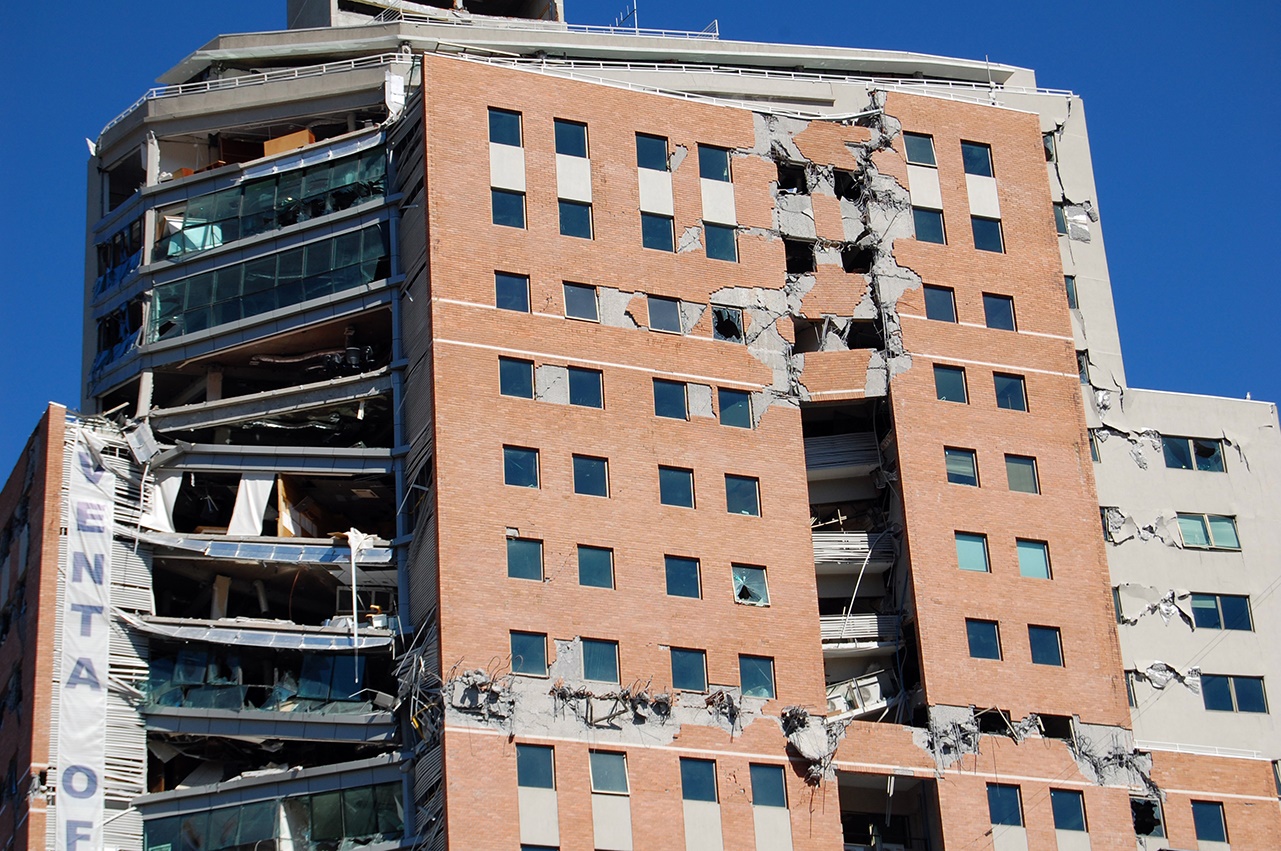One of the biggest misconceptions regarding California Earthquake coverage is the widely held view that it is a straightforward and elective coverage. With the lowest frequency in the CAT space, this peril is the least tested and, as a result, often misunderstood. While frequency is minimal, one large event with subsequent aftershocks would have brokers and insureds taking a closer look at what is truly being offered.
The amount of capacity, alternative capital, and the number of carriers and MGAs continues to grow. This increased number of choices creates competition and flexibility in coverage. However, this competition also makes it easy to place coverage without fully understanding what is provided.
Below are the top 10 misconceptions about placing CA Earthquake coverage.
- Only the basic data is needed to generate accurate CA Earthquake modeling results. If you input basic data without asking about missing information regarding construction, year built, engineering, etc., your results will reflect this. Scrubbing your data and taking the time to obtain more detailed information, along with identifiable secondary characteristics, could produce a much better result. Simply using the most basic information often results in the model “defaulting” and advising an inaccurate, worst-case scenario. Additional information provides underwriters with a better comfort level and, often, more room to negotiate.
- A CA Earthquake policy fills the gap in an All Risk policy excluding Earthquake. Many times, the two policies will have a different definition of Earthquake. There may be gaps in coverage if the excluded definition in the All Risk is not the same as what the Earthquake carrier is offering.
- CA Earth Movement coverage is basically the same thing as CA Earthquake. CA Earthquake typically limits coverage to a tectonic event, while some Earth Movement definitions can be as broad as to include ANY Earth Movement, including a tsunami. When an insured requests Earth Movement coverage, a broker should clarify intent and make recommendations based on the nature of their exposure.
- CA Earthquake application of deductibles are always clearly defined and outlined. It is important for clients to understand how the deductible applies on their risk, as the application will differ based on the carrier’s definition. Deductibles may be applied in various ways, including but not limited to on a per inured unit, per building, per location or per TIV basis. Clients often mistakenly believe that the percentage deductible applies to the loss amount, when in fact it applies to the values at risk at time of loss. Clients also should be aware that the values at risk at the time of loss may be different than the values originally reported at the inception. For example, an insured that has inventory fluctuations may be surprised to learn that while their original values were reported at $50,000,000, the values increased within the policy year to $100,000,000 during their peak season. The increase in values would essentially double their deductible if the loss occurred during this time.
- A copy of the Primary All Risk Form is not needed when placing Excess CA Earthquake. Many Excess CA Earthquake carriers utilize their own company form sitting above the All Risk policy for the peril they are covering, without concurrency or consistency. Without manuscripting to clearly outline how the CA Earthquake coverage would respond should the All Risk policy be affected in the event of a loss, gaps in coverage can exist.
- CA Earthquake Recommendation reports are the same as Seismic CA Earthquake Engineering reports. Many times, Loss Assessment reports are provided, advising steps to be taken to implement from a life safety perspective. These are different than an Engineering Report, which provides exact details of Loss Control implementation, with firm dates and measures taken to stabilize. Carriers can better review and credit risks when they have an Engineering report.
- All carriers use the same CA Earthquake model. Most carriers utilize RMS, while others use AIR, along with proprietary modeling. Knowing the model that each carrier utilizes will allow a broker to structure a competitive placement and provide different layering options.
- All CA Earthquake carriers quota sharing a placement offer the same coverage. Many carriers have different definitions of Earthquake, occurrence, deductible, and stepdown/dropdown provisions, which can create inconsistencies in the event of a loss. This is especially true of shared and layered placements. It is imperative that brokers achieve concurrency in wordings, as coverage gaps caused by different definitions will ultimately fall on the placing broker.
- Business Income/Extra Expense values will not have a significant impact in the event of a claim. A failure to understand these values could have the greatest impact in the event of a loss. It is important to know if there are locations that are contingent upon others and whether the reported values represent 6-month, 12- month, or 24-month values.
- Sample policy forms are not necessary when issuing a CA Earthquake quotation. Brokers may believe that they can explain the coverage over the phone or in email, if there are questions. While there may be a general understanding of the coverage provided, without referring to the policy itself, details can get lost in translation. It important to deliver a fully executed policy with respective forms outlined – not merely a three-to-four-page quote –for client review. At a minimum, the underwriter and broker must agree on the Earthquake or Earth Movement definition in advance.
About the Author
This article was written by Greg DeFuria, property broker with AmWINS Brokerage in Woodland Hills, CA.


